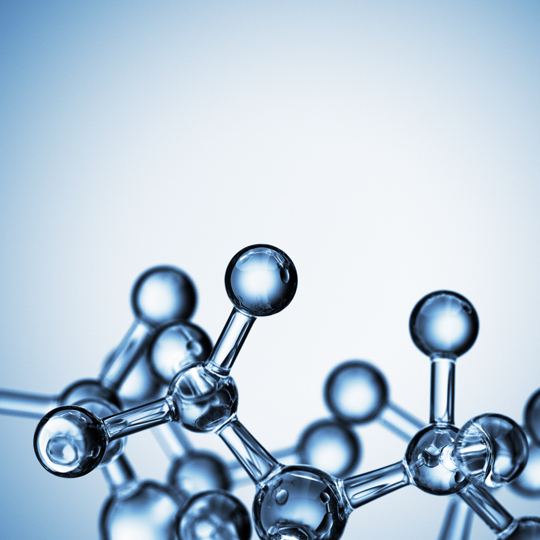Materials science is about the discovery, design and development of new materials in areas such as nanotechnology, biomedicine (biomaterials) and metallurgy (composite materials in airplane design, nuclear reactors), forensic science (textiles), quantum computing (qubits), development of more efficient energy resources (new oxides) as well as in everyday life (“smart” cement). Breakthroughs in this area will have significant effects on technology and society.
The modeling of materials is done at different (microscopic, mesoscopic and macroscopic) levels and it involves many different scales, for example, electric wires in a jumbo jet. This presence of numerous length-scales and multiple levels of physical modeling in materials science problems represents a challenge for mathematics and numerical simulation. It can take various forms. It begins with the inclusion of atomic-scale information, like that coming from electronic structure theory, and continues at coarser scales with, for example, the simulation of chemical reactions and detailed biological phenomena at the microscopic scale.
Combinations of scales are the purpose of the Atomistic-to-Continuum models combining atomistic and continuum mechanics simulations for phenomena such as nano-indentations and micro-cracks. Alternatively, defects in crystalline materials may also included as a first step toward nucleation, and then the motion, of dislocations, disordered phases in amorphous materials, thermal fluctuations, and impurities or heterogeneities in a large variety of continuous media.
Standard methods available in the literature to address such problems often lead to very (sometimes prohibitively) expensive computations, even when implemented on large-scale computers. Practically relevant and affordable numerical methods are being developed, but there is still substantial room for improvement. In sharp contrast to existing well established mathematical theories, it is a pending challenge to understand, model, simulate and control real materials with all their inevitable imperfections. Issues such as the modeling of non-periodic materials, materials with defects, and how fatigue and aging affect the characteristics of materials, are not so well understood quantitatively, or sometimes even qualitatively.
A related but also very different issue arising in modeling of physical phenomena is related to coupling. The essence of such “multi-physics” modeling is the coupling between distinct physical processes whose mathematical descriptions differ substantially in (for example) the nature of the governing time evolution operators, boundary conditions and so forth. Examples include radiation hydrodynamics, coupling between fluid flows and bounding mechanical structures like flows over dynamic airfoils), and coupling between physics at the atomic and mesoscales like crack initiation and propagation. Correctly reconciling the modeling of such disparate, but coupled, physical processes is an extremely challenging problem that clearly is in the domain of mathematics and statistics.
The development of the sophisticated theoretical and computational tools that are needed in materials science will undoubtedly have significant ramifications for the future.




